Facing difficult truths
Climate crisis is an urgent problem – and its escalation is so new to us that it also needs new answers from a psychological and psychotherapeutic point of view. A climate psychology is just emerging, in Germany there is still not much to be found.
A Climate Psychology Alliance already exists in England, Scotland, Australia and North America. The website of the English colleagues has the appropriate subtitle “facing difficult truths about climate change and environmental crisis.”
The American Psychological Association (APA) has been considering for years to include „climate anxiety“ in its list of mental disorders. A helpful paper from the APA titled “Mental health and our changing climate. Impacts, implications and guidance” is to be found here (pdf)

Mental health and changing climate
Excerpts of this paper are summarized below:
“When you think about climate change, mental health might not be the first thing that comes to mind. Americans are beginning to grow familiar with climate change and its health impacts: worsening asthma and allergies; heat-related stress; foodborne, waterborne and vector-borne diseases; illness and injury related to storms, and floods and droughts. However, the connections with mental health are not often part of the discussion.
It is time to expand information and action on climate and health, including mental health. The health, economic, political, and environmental implications of climate change affect all of us. The tolls on our mental health are far reaching. They induce stress, depression,
and anxiety; strain social and community relationships; and have been linked to increases in aggression, violence, and crime. Children and communities with few resources to deal with the impacts of climate change are those most impacted.
To compound the issue, the psychological responses to climate change, such as conflict avoidance, fatalism, fear, helplessness, and resignation are growing. These responses are keeping us, and our nation, from properly addressing the core causes of and solutions for our changing climate, and from building and supporting psychological resiliency.”
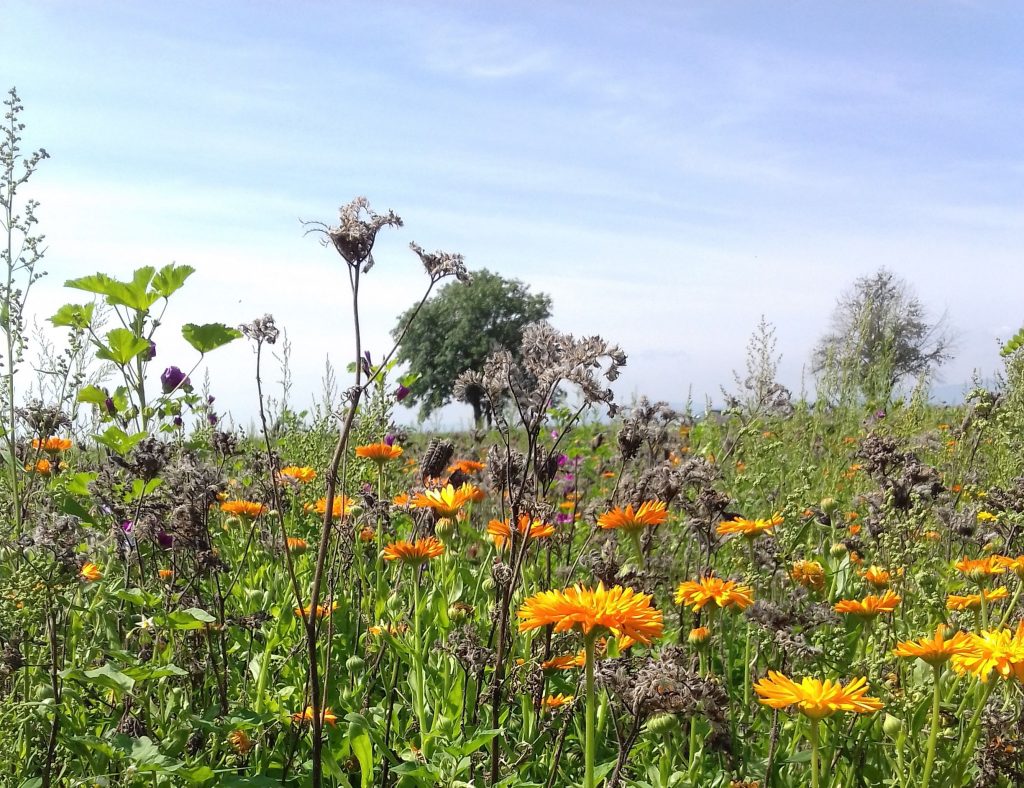
(open here) Thomas Doherty, PsyD: A Clinical Psychologist’s Take on Climate Change
“Research on the mental health impacts of disasters typically distinguishes between events that are considered natural or technological (Doherty & Clayton, 2011).
Because natural disasters may seem part of the natural order, and are considered to be beyond human control, they are relatively easier to cope with in psychological terms. These calamities tend to bring people together to help those impacted.
Technological disasters, meanwhile, are typically caused by human accident or negligence and often involve long-term, mysterious risks. These disasters tend to divide communities over how to compensate those affected and hold accountable those who were responsible. Poorer areas tend to be at higher risk for these incidents, and community divisions often come down to privilege, class, and race.
Climate change combines natural and technological elements. Human technologies are driving vast changes in global climate and weather, increasing the risks for a range of natural disasters. Climate change is an emergency that affects and divides the global community.
I have counseled many people experiencing varying crises of meaning and responsibility about climate change: a scientist who has sailed in the “Pacific garbage patch,” distressed by neighbors’ consumer habits; an environmental engineer who has “run the numbers” and doesn’t see a way to effectively address carbon emissions; a ranger in Glacier National Park, trying to remain positive while educating visitors about these receding landmarks; and a person shocked by a news story about the dire consequences of rising ocean temperatures.
An unexpected benefit for me of confronting these complex, troubling issues is that I regularly interact with people who take climate change as seriously as I do, such as public health officials from around the United States using the Centers for Disease Control and Preventions’ Building Resilience Against Climate Effects (BRACE) framework.Such interactions allow me to maintain my creativity and motivation, avoid isolation, and find a sense of shared purpose with others.
As a psychologist, I know that engaging with climate change leads to consciousness-raising about one’s environmental identity and ethics. Any of the interlinked problems within climate change—poverty, inequality, loss of treasured places, species extinction, threats to our well-being or livelihood—can hook us emotionally and intellectually. These issues lead to feelings of curiosity and insight, as well as fatigue and despair.
Clinicians can help individuals to thrive in the face of climate change by identifying which specific issues activate their unique vulnerabilities or personal worries and developing a specific plan or activity to give them a sense of control about how they respond. Similarly, the BRACE model can help communities seeking to become more resilient by anticipating local health or economic impacts, identifying vulnerable groups that need protection, and proactively implementing a community-wide adaptation plan that can be reevaluated as more becomes known about changing local conditions. Coping with climate change requires insight and perseverance. Cooperation among professionals can help people adapt and thrive.”
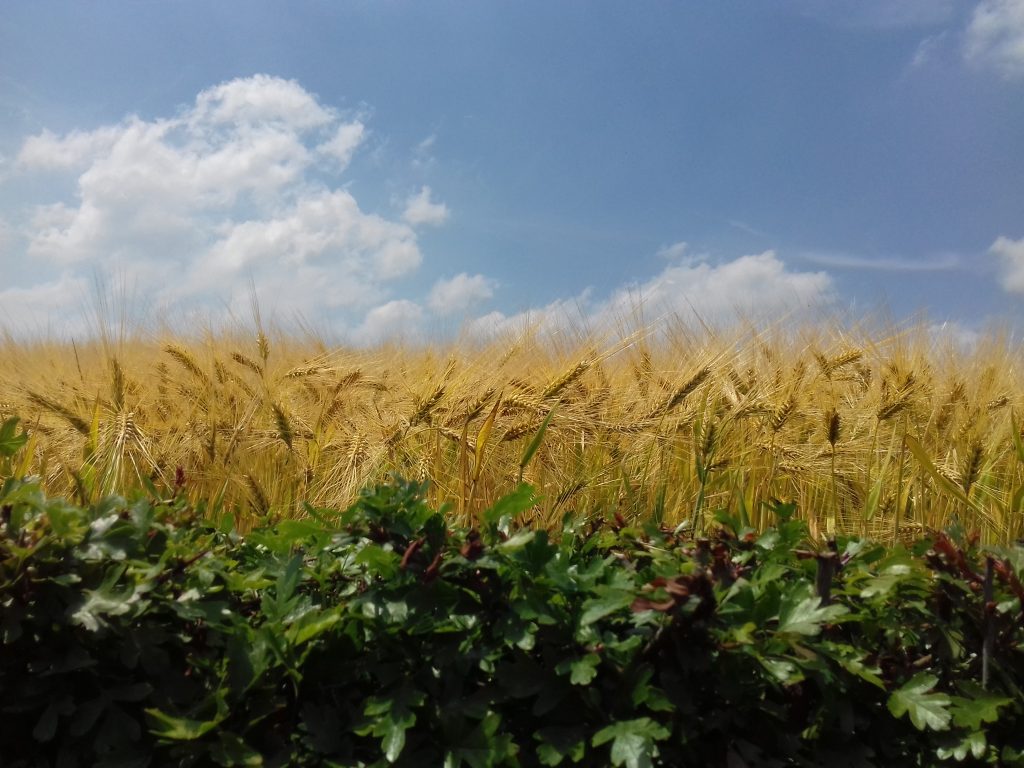
(open here) Victoria Derr, PhD, Resilience in the Face of Climate Change
In collaboration with Resilient Boulder (a project of the Rockefeller Foundation’s 100 Resilient Cities network), Growing Up Boulder (GUB) worked with an economically and ethnically diverse sample of children and youth to develop their perceptions of resilience within the city of Boulder, Colorado. In the pilot phase of the project, children made a mural with aspects of their community that supported or inhibited resilience and took pictures of their community that explained these concepts. In an in-depth phase, elementary and high school students explored resilience at various scales of the community through drawings, identification of assets and vulnerabilities, and recommendations for making Boulder more resilient. Finally, high school students continued this work through a poetry project developed in partnership with several Latino poets and the U.S. poet laureate. Children and youth also shared their ideas with local leaders and developed recommendations for increasing the resilience of Boulder’s young people.
Across all methods, these young people identified access to nature and family, friends, and supportive networks (from school and community) as critical factors in supporting resilience, while global climate change was described as a vulnerability. Concerns about climate change emerged from the first brainstorming session, in which youth jotted down ideas for assets and vulnerabilities on large butcher-paper sheets. One student wrote “the news,” and then many other students expanded on this idea, adding many more news sources. Students largely hear about climate change via news media, with little opportunity to feel empowered or to take positive, local action.
In the high school poetry project, students described a personal moment of resilience. Many of these stories included family losses and coping with poor family health, the challenges of immigration, and surviving Boulder’s recent flood. In 2013, Boulder experienced a 100-year flood, as well as a 1000-year rain event, which severely impacted the city and region, with many families temporarily or permanently displaced. Some students wrote about resilience in the context of this flood, describing a family member handling it alone, without social support.
Students focused on local issues that impact their daily lives and their potential to support resilience, including access to nature. Many across all age groups said nature, from views of the mountains from their high school to small parks and open space, helped build resilience. However, many of the students in this research do not have daily access to nature despite living in a relatively green city. Greater access to nearby nature could provide young people with sources for restoration and resilience.
In general, youth identified climate change as negatively impacting their personal resilience and access to nature as supporting resilience. However, they tended to focus on many social and economic factors, such as poverty and immigration status, that are more directly seen and felt than climate change. This focus suggests that for these students, as for many others, climate change still seems to be an abstract issue.
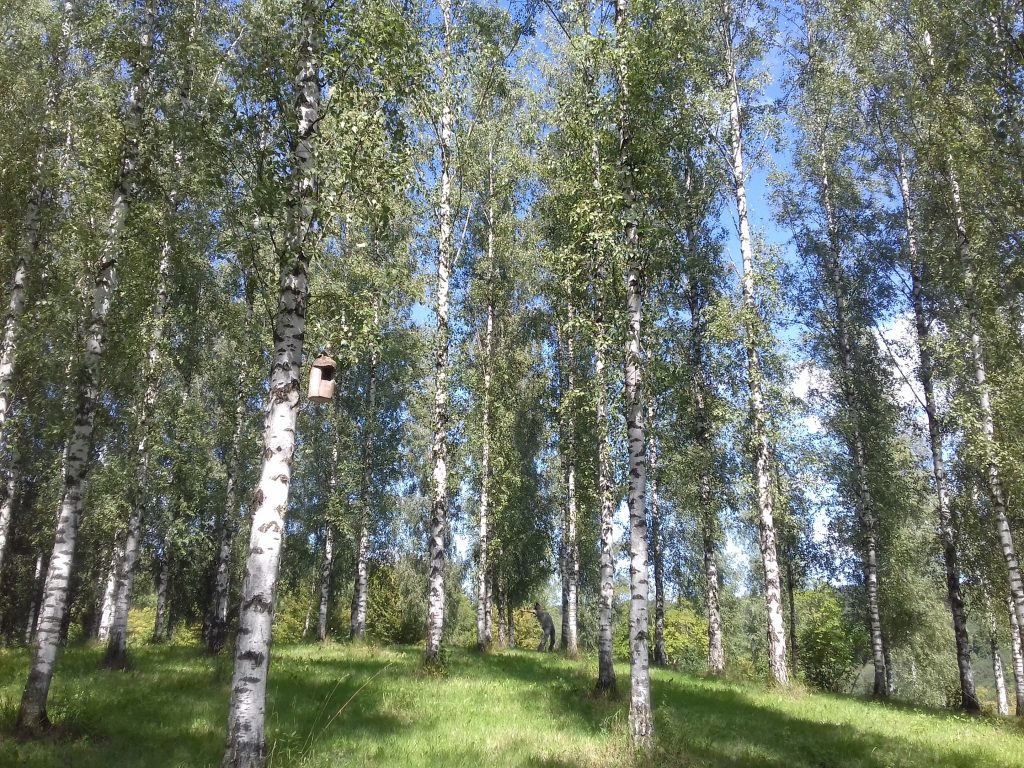
Tips to Support Individuals
| In order to support individuals’ success in becoming resilient, the following are tips to consider that address personal attributes and support social cohesion: |
- Build belief in one’s own resilience.
- Foster optimism.
- Cultivate active coping and self-regulation.
- Find a source of personal meaning.
- Boost personal preparedness.
- Support social networks.
- Encourage connection to parents, family, and other role models.
- Uphold connection to place.
- Maintain connections to one’s culture.
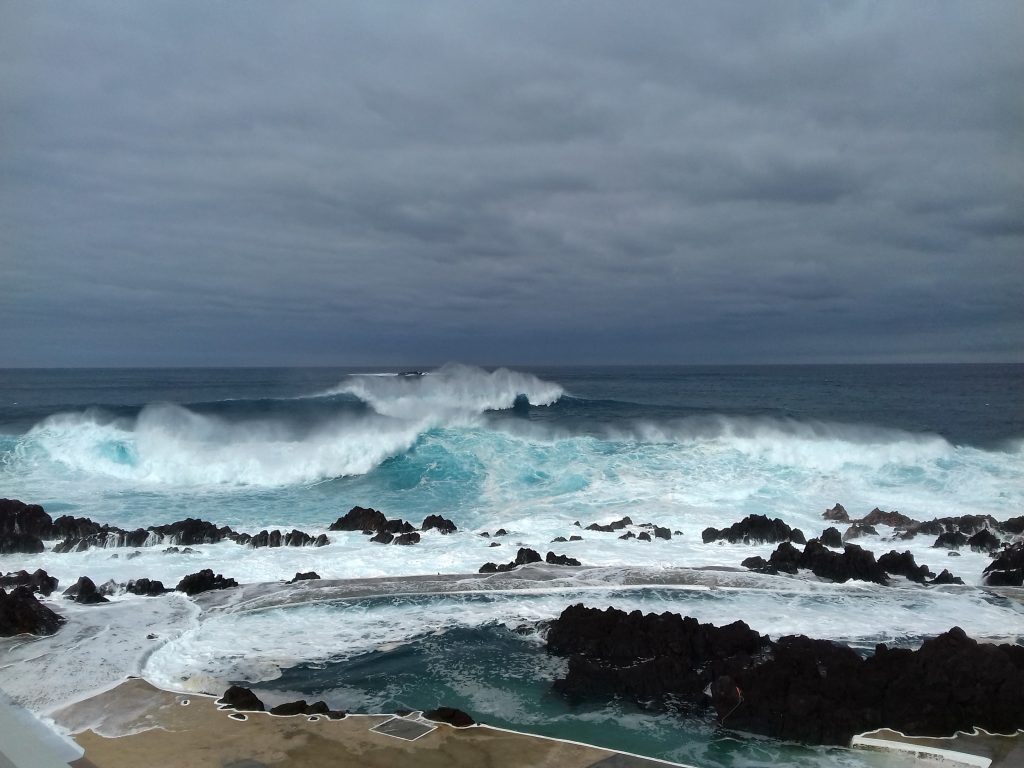
(open here) Linda Silka, PhD, Finding a Place for Psychology in Climate Change Deliberations
“One of the overarching concerns about climate change is its impact on the infrastructure we all depend on. What happens to vulnerable neighborhoods when roads and bridges are destroyed by extreme precipitation or when hurricanes hit a coastal community, leaving emergency services unable to reach the families hit hardest? How do communities get the information they need to prepare for such events and build resilience in the face of the changing climate?
In New England, many major cities are right on the ocean. Key parts of our infrastructure—roads and bridges and the like—could be underwater in the not-too-distant future. Various kinds of expertise are needed for the complex task of preparing for these impacts. I’ve seen this firsthand as part of the Infrastructure and Climate Network (theicnet.org), an NSF-funded network that brings together infrastructure engineers, climate scientists, and other researchers, such as psychologists, to strengthen communication across relevant disciplines. Through websites, workshops, webinars, and writing, ICNet members have found innovative ways to overcome disciplinary differences, across varying models of infrastructure failure and climate uncertainty, in order to provide information that can help communities prepare and adapt.
As researchers from diverse fields of study, we have talked together, shared models and approaches, and worked with practitioners such as in-state departments of transportation, in order to develop integrated roadmaps for addressing climate change. After four years of work, we now have much more actionable strategies for how the people on the ground can prepare for the coming climate change. In one of our most exciting ICNet meetings, a leading climate modeler involved in ICNet (Dr. Katherine Hayhoe of Texas Tech), alongside scholars from other disciplines, presented climate change models to a room full of infrastructure specialists from throughout New England. Participants repeatedly said afterward that for the first time they could see how they could actually use climate change information to prepare for coming challenges.
I was brought in as a social and community psychologist because the ICNet team members realized that they needed expertise in cross-disciplinary communication. There is much that psychology can contribute that too often goes untapped because it is not labeled as relevant to climate change. Psychology is central to much of what is being discussed, such as the worries the other disciplines expressed about how their findings will be implemented. Psychological research can help address group process, community problem-solving, social cohesion and connectedness, lack of trust between community members and institutions, differences in vulnerability, attitude–behavior links, heuristics and risk perception, and fear appeals. We psychologists have an important role to play in helping professionals from different fields collaborate effectively to prepare for climate impacts.
What Mental Health Leaders Can Do
The APA guidelines also contain the following suggestions:
As trusted messengers, mental health leaders have the opportunity to help make the link between health and climate. Here are some ideas to try:
- Become a climate-literate professional and stay up-to-date with current climate change news and communications best practices.
- Engage other mental health professionals by facilitating conversations and workshops that allow your colleagues to be more effective in inspiring action.
- Be vocal, model leaders within your community by getting involved locally to create support for climate solutions.
- Support national and international solutions by publicly sharing your expertise to influence the media, health leaders, and policymakers.
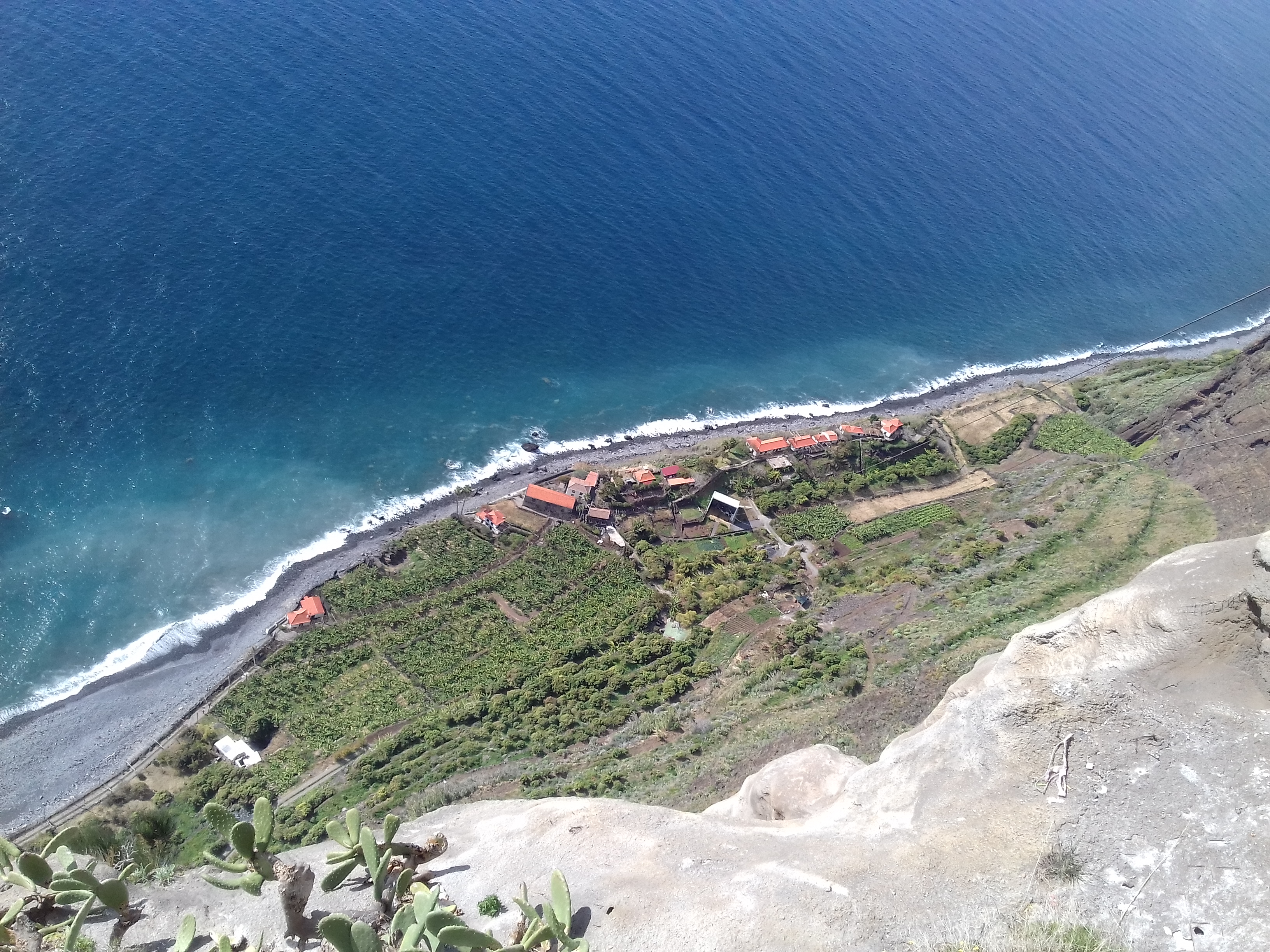
(open here) Lise Van Susteren, MD: Our Moral Obligation: The Duty to Warn and Act
I am a doctor. A psychiatrist. Over the years, I have seen some of the darkest parts of the human condition. Nothing has prepared me for what I am now seeing.
Each day, our world devolves more quickly toward disruption from climate change. The news is coming at us from all sides— CO2 emissions climbing, record-high temperatures, oceans increasingly acidifying, coral reefs dying, ice sheets melting, failing nations, the massive displacement of people.
Those least responsible for the crisis will be hurt the most—the poor, the elderly, the disabled, the emotionally vulnerable. The psychological toll is becoming more apparent—but much is being overlooked. I am seeing a growing number of climate Cassandras gripped by thoughts of future harm, suffering from pre-traumatic stress response (a before-the-fact version of classic PTSD) because they know the world has not heard the warnings forcefully enough.
What can we do?
Mental health professionals help people face reality, because we know living in denial can ruin a person’s life. As the climate crisis unfolds, we see people whose anger, anxiety, and depression, caused by the shortcomings of a previous generation, prevent them from leading productive lives themselves.
We know about trauma from repeated exposure to horrifying events. We are trained, we are ethically bound, to respond to emergencies. Why, then, are some mental health professionals slow to respond to this issue? Are we in denial ourselves? Surely, we have enough respect for science that the findings of 97% (Cook et al., 2016) of climate experts aren’t disputed. Surely, we don’t believe that destroying life is “not our problem.”
We know change can be a challenge, but determined efforts to bring attention to problems break down resistance. Action is growing, but in the face of unprecedented danger, instability, and mounting impacts, more is needed. We prod ourselves with the questions, “Where are the journal articles, mission statements, letters to the editor, the flood of calls to Congress that show the full gravity of the crisis registering? Where is the collective effort to break through denial and get people to change—quickly?”
Our canon of ethics says we have a duty to protect the public health and to participate in activities that contribute to it. Mental health professionals are required in all 50 states to report child abuse. It is a legal obligation, but it is also a moral one. Is it any less a moral obligation to report that we are about to hand over a destroyed planet for generations to come?
Surely, in this time of crisis, as mental health professionals, truth seekers and healers, we will want to act. What are we waiting for?